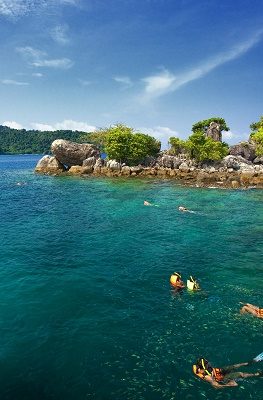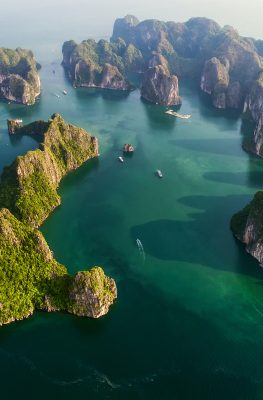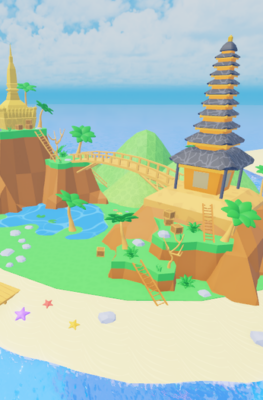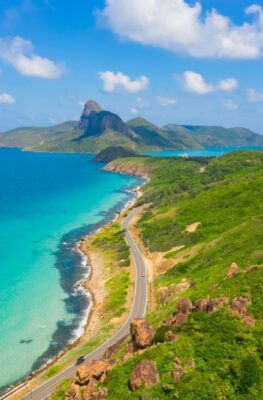Published on December 8, 2014
An abundance of karst throughout Vietnam’s landscape results in amazing, almost unnatural wonders, from massive caves to sinuously-carved islands rising out of the sea.
1.1. Ha Long Bay

The larger of Ha Long Bay’s 1,969 islands, when viewed from a “junk” boat floating in its serene waters, resemble the undulating back of a dragon – an image that has inspired generations of Vietnamese and foreign visitors. The karst geography of Ha Long Bay gives rise to its strangely shaped islands, often evocatively named (Cock & Hen Islet; Sail Islet; Human Head Islet), and a rich system of caves and grottoes that visitors can explore. Vietnam Tourism page.
1.2. Phong Nha Ke Bang National Park

Covering an area of more than 343,000 hectares, the Phong Nha Ke Bang National Park astounds visitors with its geological wonders – a tropical karst landscape with a complicated structure yielding a majestic landscape, with a system of caves and grottoes running beneath. The Park is covered with a primeval forest sheltering over 2,400 species of plants, 356 species of birds, and 162 species of fish. Due to its riches, the Phong Nha Ke Bang National Park was recognized twice by UNESCO as a world natural heritage site. Vietnam Tourism page.
1.3. Trang An Landscape Complex

Vietnam’s karst landscape can be seen at its most breathtaking at the Trang An Landscape Complex, a 6,172-hectare park with amazing views of cliff-lined mountains, clear waterways and navigable underground rivers. Travelers cruising the waterways by traditional sampan can see Trang An’s treasures up close, from the dense rainforest cascading over the cliffs to the rock towers suddenly looming overhead. Vietnam Tourism page.
1.4. Nha Trang Bay

Recognized as “Viet Nam’s Mediterranean”, Nha Trang Bay benefits from all-year-long sunny weather and a delightful seascape, including 19 islands and a bay lined with tempting tropical beaches. Nature lovers come to Nha Trang to explore the Hon Mun Marine Reserve; luxury seekers visit Hon Tre to check into Vinpearl Land Resort; and festivalgoers arrive to attend the Sea Festival, held every two years in June. Vietnam Tourism page.
1.5. Phu Quoc Island

The largest island in Viet Nam, Phu Quoc Island lies at the center of a 22-island archipelago in the Gulf of Thailand. Locals call it the island of 99 mountains, due to its sandstone chains rising up to 600m in the air. Phu Quoc also goes by the name “Emerald Island”, due to its endless natural treasures. Divers, in particular, appreciate the waters off Phu Quoc for its biodiversity, with 929 species of plant life, 89 species of hard coral, 19 species of soft coral, and 62 species of seaweed. Vietnam Tourism page.






